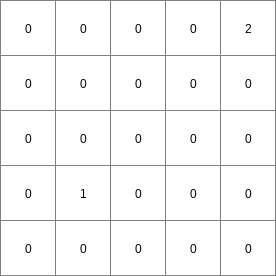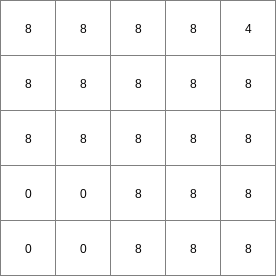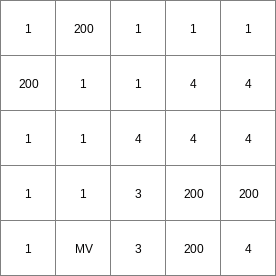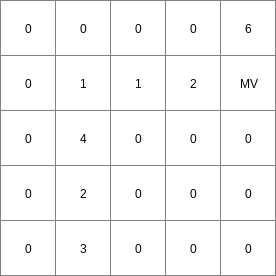spreadzone¶
Result = spreadzone(points, initialfrictiondist, friction)
- points
spatial boolean, nominal, ordinal
- initialfrictiondist
spatial, non spatial scalar
- friction
spatial, non spatial scalar
- Result
spatial points
Options¶
--unittrue or --unitcell
--unittruedistance is measured in true distance (default)
--unitcelldistance is measured in cells
Operation¶
The expression points identifies those cells from which the shortest friction-distance to every cell centre is calculated. The spreading for determination of these friction-distances starts at the centre of cells which have a non zero value on points. The initial friction distance (at the start of the spreading) is taken from the values at these point cells on initialfrictiondist. During spreading a path is followed over the consecutive neighbouring cells. While following this path the friction-distance increases. The increase of friction-distance per unit distance is specified by the cell values on friction. Using these values, increase when travelling from one cell to its neighbouring cell is calculated as follows: Let friction(sourcecell) and friction(destinationcell) be the friction values at the cell where is moved from and where is moved to, respectively. While moving from the source cell to the destination cell the increase of friction- distance is:
distance x {friction(sourcecell)+friction(destinationcell)}/2
where distance is the distance between the sourcecell and the destination cell. This distance equals the cell length if the source cell and the destination cell are neighbours in horizontal or vertical directions; it equals sqrt(2) multiplied by the cell length if the cells are neighbours in diagonal directions.
During operation of the command, the spreading is executed from all non zero cells on points, over all possible paths. For determination of the friction-distance cell values on Result, for each cell the path from a non zero cell on points is chosen with the shortest friction-distance. So during the execution of the spread operation, for each cell, the friction-distance for each possible path from the non zero cells on points to the cell under consideration is calculated and then the path with the shortest friction-distance is chosen. On Result each cell is assigned the points cell value of the cell where the shortest path to the cell begins. Cells for which no path is found are assigned a value 0.
Notes¶
The values on friction must be larger than zero.
Missing value cells on points, initialfrictiondist and friction are assigned a missing value on Result. Potential shortest paths that cross missing value cells on points, initialfrictiondist or friction are are not considered.
Group¶
This operation belongs to the group of Neighbourhood operators; local drain directions
See Also¶
Examples¶
- • pcrcalcbindingResult2 = Result2.map;Points2 = Points2.map;Initial2 = Initial2.map;FrictMat2 = FrictMat2.map;initialreport Result2 = spreadzone(Points2,Initial2,FrictMat2);• pythonPoints2 = readmap(“Points2.map”)Initial2 = readmap(“Initial2.map”)FrictMat2 = readmap(“FrictMat2.map”)Result2 = spreadzone(Points2,Initial2,FrictMat2)
Result2.map
Points2.map
Initial2.map
FrictMat2.map




- • pcrcalcbindingResult1 = Result1.map;Points = Points.map;initialreport Result1 = spreadzone(Points,0,1);• pythonPoints = readmap(“Points.map”)Result1 = spreadzone(Points,0,1)
Result1.map
Points.map

